

“Pan”-tastic!
|
When speaking of Japanese food, probably not many people will think of Japanese bread. However, it cannot be mistaken that it has won over the hearts of many people, as evident from the numerous bakeries spread across Japan, as well as the shelves full of different bread in supermarkets and convenience stores. Besides that, we can also find Japanese bakeries in Singapore, which are incredibly popular! So what sets Japanese bread apart?
Bread was first introduced to Japan in 1543 by Portuguese traders. In Japanese, bread is called “pan”, and this derives from the Portuguese word “pão”. However, bread was still not yet a common part of Japanese people’s diet. It was only in the Meiji period that bread flourished, as craftspeople came from Britain and began to bake bread. This led to many Japanese people learning the craft. Eventually, one of the oldest bakeries in Japan opened in 1869. Drawing inspiration from the traditional manju (steamed bun with red bean paste), the owner invented the iconic anpan (bread with red bean paste) in 1874. Instead of wheat yeast, sake yeast was used too. It proved to be a huge hit, and was even presented to the Emperor of Japan then on 4 April 1875. This specific day is now known as Anpan Day in Japan! Ever since then, more unique bread creations appeared. For example, jamu-pan (bun with apricot jam) and kurimu-pan (bun with custard cream) were first created in the 1900s. Following World War II, bread transformed into a staple diet. In fact, bread and milk were served for school lunches in 1946. The 1964 Tokyo Olympics further contributed to the westernisation of Japanese diets, especially with the influx of Danish pastries as well as French baguettes and croissants. Over the years, we would see more creative Japanese twists on bread. In 1920s, a classic Japanese bread was made, kare-pan (curry bread). Other well-known examples include korokke-pan and yakisoba pan, with records of them dating back to 1920s and 1950s respectively. Besides that, shokupan (loaf of white bread) has also become a signature of Japanese bread. It is commonly found on coffee shop menus and a main ingredient in the photo-worthy Shibuya honey toast. There is also a famous bakery in Japan specialising in high-end shokupan, by using premium ingredients and ionized water in its baking process. It has gained such popularity, that it has over 100 branches in Japan now, and even an overseas branch in Los Angeles. Another unique spin is using rice flour instead of wheat flour. Being low in calories and high in nutrients, as well as being a great alternative for people with gluten allergies, rice flour is yet another contribution to the prevalence of bread in Japanese food culture. In Japan, the household sales of bread surpassed rice for the first time in 2011. Sandwiches is yet another popular bread product, and sell especially well in convenience stores and other places, with about 150 new sandwich products launched every year. Some of these can include limited edition flavours from different regions of Japan. The most well-known Japanese take on sandwiches is probably katsu sando (breaded pork cutlet sandwich), which is thought to date back to the 1930s. In 2020 alone, approximately 400 million sandwiches were sold in Japan. Though bread was not originally a staple of Japanese diet, it has certainly found its place in today’s context, whether in Japan or abroad. Are you a fan of Japanese bread? |
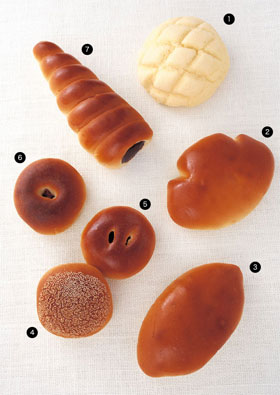 © Kawada Masahiro 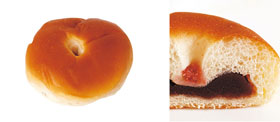 © Kurihara Osamu 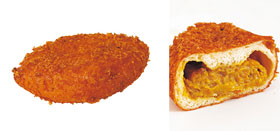 © Kurihara Osamu  © Kurihara Osamu 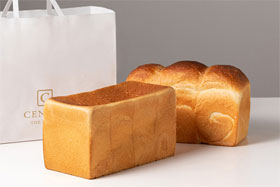 © Okada Natsuko 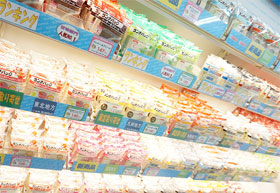 © Yamazaki Baking Co., Ltd. |
Resources
|
“Shokupan Bread: Japan’s Unique, High-End Take on a Staple Food”. 2021. Web Japan. Accessed 17 January. https://web-japan.org/trends/11_food/jfd202109_shokupan.html. “Rice-Flour Bread, Pasta, and…Jam!”. 2017. Web Japan. Accessed 17 January. https://web-japan.org/trends/09_lifestyle/lif091022.html. Otani, Hiromi. 2006. ”Kashi-pan – Snacks and Breakfast Treats”. Web Japan. https://web-japan.org/nipponia/nipponia38/en/appetit/index.html. “The History of Japanese Bread. 2023. Japan House London. Accessed 17 January. https://www.japanhouselondon.uk/discover/bread/. “How Bread Came to Japan: A Brief History of Japanese Bread”. 2018. LIVE JAPAN. https://livejapan.com/en/article-a0000045/. “Japan Pan: Bread’s Role in Japanese Cuisine”. 2023. EDOPON. Accessed 17 January. https://restaurants-guide.tokyo/column/japan-pan-breads-role-in-japanese-cuisine/. |
|
Japan Creative Centre 4 Nassim Road, Singapore 258372 +65 6737 0434 / jcc@sn.mofa.go.jp https://www.sg.emb-japan.go.jp/JCC/ Nearest parking at Orchard Hotel & Delphi Orchard |
 |